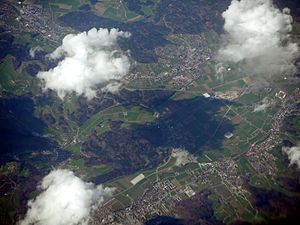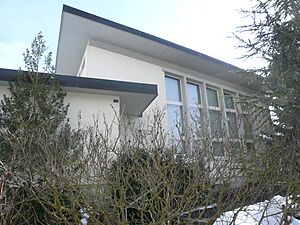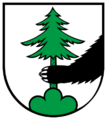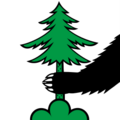Kölliken facts for kids
Quick facts for kids
Kölliken
|
||
|---|---|---|
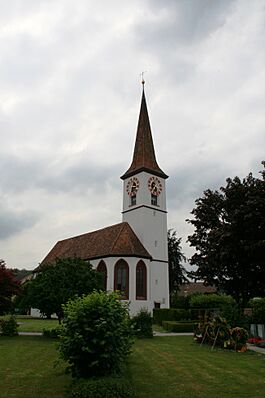
Kölliken village Protestant church
|
||
|
||
| Country | Switzerland | |
| Canton | Aargau | |
| District | Zofingen | |
| Area | ||
| • Total | 8.89 km2 (3.43 sq mi) | |
| Elevation | 430 m (1,410 ft) | |
| Population
(Dec 2020 )
|
||
| • Total | 4,559 | |
| • Density | 512.8/km2 (1,328.2/sq mi) | |
| Postal code |
5742
|
|
| Surrounded by | Gretzenbach (SO), Holziken, Muhen, Oberentfelden, Safenwil, Uerkheim | |
Kölliken is a town in Switzerland, located in the Aargau canton. It is part of the Zofingen district. Kölliken was also home to one of Switzerland's largest special waste disposal sites.
Contents
A Look Back: Kölliken's History
Kölliken is a very old place! It was first mentioned in official records way back in the year 924. At that time, its name was Cholinchove.
Kölliken's Location and Land
Kölliken covers an area of about 8.89 square kilometers (about 3.43 square miles). A big part of this land, about 32.8%, is used for farming. Forests cover an even larger part, about 43.3% of the area.
About 22.9% of Kölliken's land is built up with buildings and roads. A very small amount, less than 1%, is made up of rivers or lakes.
Kölliken is located in the Zofingen district. It sits along the Kölliker creek on the western edge of the lower Uerkental valley. The town itself is a linear village, which means its buildings stretch out mostly along a road or a valley.
Kölliken's Special Symbol: The Coat of Arms
The official symbol of Kölliken is its coat of arms. It shows a black bear paw holding a green pine tree. The tree grows from green hills on a silver background. This design is unique to Kölliken.
Who Lives in Kölliken?
As of 2022, Kölliken has a population of about 4,600 people. Many different people live here. In 2009, about 15.5% of the people living in Kölliken were from other countries.
Most people in Kölliken speak German, which is about 91.7% of the population. Other languages spoken include Italian (2.7%) and Albanian (2.2%).
The town has a mix of ages. In 2008, about 10% of the population were children under 10 years old. Teenagers (10-19 years old) made up about 12.3% of the population.
In 2000, about 52% of the homes in Kölliken were owned by the people living in them. This means they didn't pay rent.
Important Buildings in Kölliken
Kölliken has some very old and special buildings. Two of these are listed as important Swiss heritage sites. One is a thatched-roof house located at Schönenwerderstrasse 6. The other is the Thatched-roof house museum at Hauptstrasse 43. These buildings show how people used to live and build homes a long time ago.
How People Work in Kölliken
In 2007, Kölliken had a low unemployment rate of 2.31%. This means most people who wanted to work had a job.
Many people in Kölliken work in different types of jobs:
- Primary sector: About 70 people work in farming or other jobs that get raw materials from nature.
- Secondary sector: Around 339 people work in factories or construction.
- Tertiary sector: The largest group, 650 people, work in services like shops, offices, or schools.
In 2000, about 75.9% of the people who lived in Kölliken traveled outside the town for work. However, 595 people came into Kölliken to work. Many people (58.4%) used a private car to get to work, while 9.9% used public transportation.
Religions in Kölliken
According to the 2000 census, many people in Kölliken belong to different Christian faiths. About 21.4% of the population were Roman Catholic. A larger group, about 59.8%, belonged to the Swiss Reformed Church.
Learning in Kölliken
Switzerland is known for its good education system. In Kölliken, about 74.8% of adults (aged 25-64) have completed higher education, like university or a specialized college.
For younger students, in the 2008/2009 school year:
- 291 students attended primary school.
- 111 students attended secondary school.
- 178 students were studying at a university or college level.
Kölliken also has its own library, called the Schul-u.Gde.Bibliothek Kölliken. It serves both the school and the community.
Images for kids
Find Out More
 In Spanish: Kölliken para niños
In Spanish: Kölliken para niños





